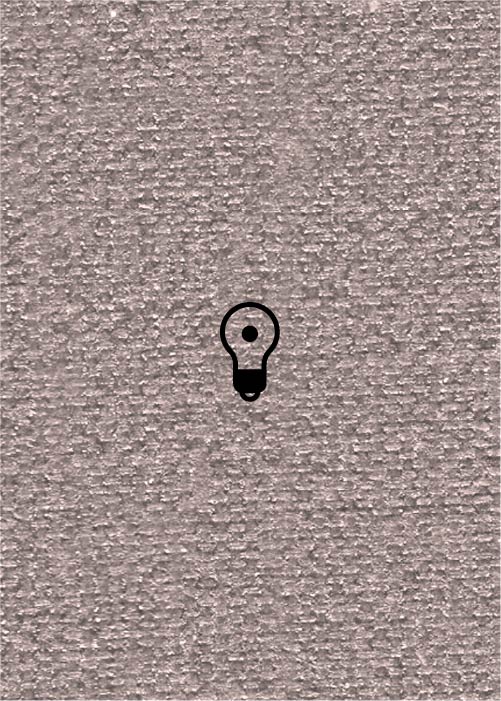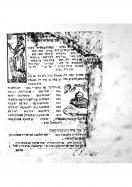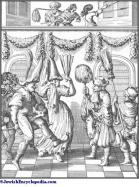(1783 results found)

Tvile
… “The custom of taking the bride to tvile with a crowd, with song and music and klezmorim and even dances, was … 1975, p. 13 . “On Wednesday they bring the bride... with song and dances to the bathhouse for the tvile and they also …

Tsepler-tants (LKT)
… remains still for a precise investigation... What was the song of the tseperl-tants like? Was a [dance] description such as this made--as a song to be sung-beforehand? Or is this a completely …

Troyer-nign (LKT)
… droshe-geshank-oyfshpiln and other entertainment songs...” Fater 1985, pp. 60-61 . … Troyer-nign (LKT) …
Ehad mi Yodea - Its sources, variations, and parodies
… Example 6 Notation and 1st and 7th verses to the wedding song based on "E h ad mi yodea" found in I.L. Cahan's 1957 … JMRC's album Kulmus Hanefesh … Celebrating Passover, the Song of the Month is dedicated to “E h ad mi yodea” the famous serial folksong added to the Passover haggadah . This article, …

Tenoim (LKT)
… poured and food was served and dancing began... the quoted song (and mus. ex. 4) were performed at this moment.” …

Tish-nign (LKT)
… money: a vulekhl or a doina , some zmires (religious folk songs), kind of lik Black spirituals, and Yiddish folk songs or theater songs.” Alpert 1996a, p. 16. “These klezmorim know many …

Tants (Alter yidisher) (LKT)
… of the wedding, at dawn, and was accompanied by a special song for it. The form of the dance was not further recalled. And here are the contents of the song: tants, tants, tants! ... Regarding the ‘dance dance’: A transformation of this song is found in Y. L. Perets’s: ‘ Tants tants, ...’ …

Skotshne/Skochne
… accompanied by singing... The possibility that such songs (e.g., frejlaxs ) were sung in other Ukrainian …
Hag Purim – The story behind its melody
… Example 8 Harry Coopersmith, editor, Little Books of Jewish Songs: Purim , Chicago: Board of Jewish Education, 1928. … … As Purim, “the Jewish carnival,” arrives, we dedicate the Song of the Month to a very popular Eastern European … was set by the poet Levin Kipnis to the lyrics of his song “ H ag Purim” (The Purim Festival). This setting soon …

Sher
… details, for example, the wedding description in Ettinger’s song ‘Di lixt.’ Various dances are mentioned in all these … references, the šer is also mentioned very rarely in folk songs. These folk songs are all from the Ukraine (cf. Cahan 1912a: 18 from …




